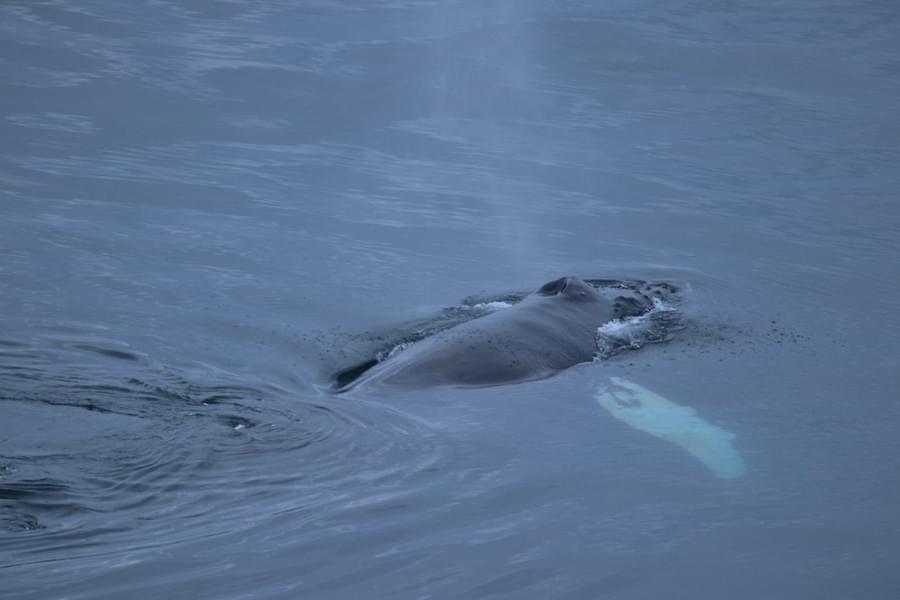So just what is the High Seas Treaty, and why does it matter?
So what makes up 50% of the earth’s surface and two-thirds of our entire oceans? The answer is the so-called “high seas”, which is shorthand for all of the world’s ocean that fall outside the responsibility of individual nations. And because these crucial habitats for marine life weren’t anyone’s direct responsibility, they were at risk. Only 1.2% of the high seas had any protection, and even less (just 0.8%) had any “highly protected” status.
For years, there has been concern about the lack of protection for these waters, which because they are not governed or managed by any one nation in particular, are subject to exploitation by individuals, businesses and nations for profit. That means fishing, shipping and marine research, such as drilling or mineral exploration.
But this week, after 20 years of incredible effort and dedication, 200 countries have signed up to a legally binding UN declaration, committing themselves to the creation of Marine Protected Areas globally, that will put in place measures to protect wildlife and habitat. From ORCA’s perspective, this is a quite extraordinary and potentially game-changing development in terms of the protection that will be afforded to fragile marine habitats. It is likely to curb the sort of exploitation of marine resources that endanger whales and dolphins globally, force some nations to reign in their plans for commercial whaling and also create awareness about, and possible mitigation plans for ship strike.
ORCA applauds the efforts of the Intergovernmental Conference on Marine Diversity of Areas beyond National Jurisdiction (for which the High Seas Treaty is a more user-friendly name). There is inevitably more work to be done on the detail, but the high seas are no longer quite as vulnerable as they were, and that means greater protections for whales and dolphins that live in them.

